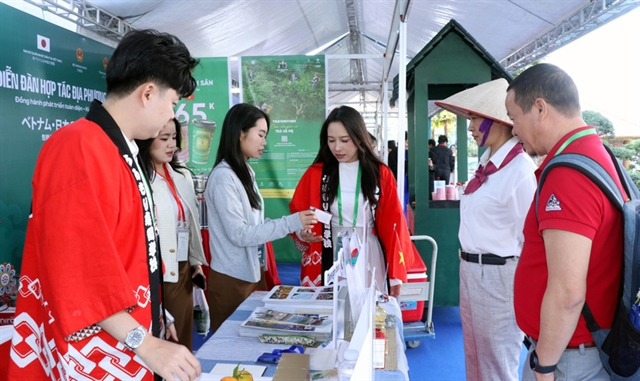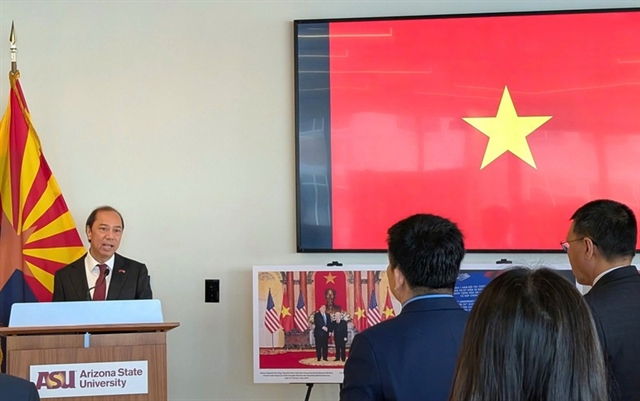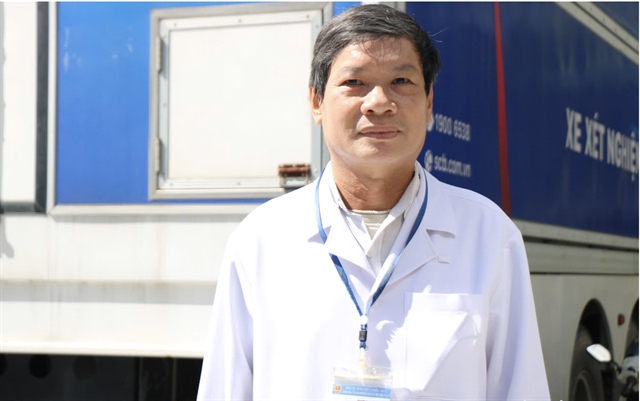 Society
Society
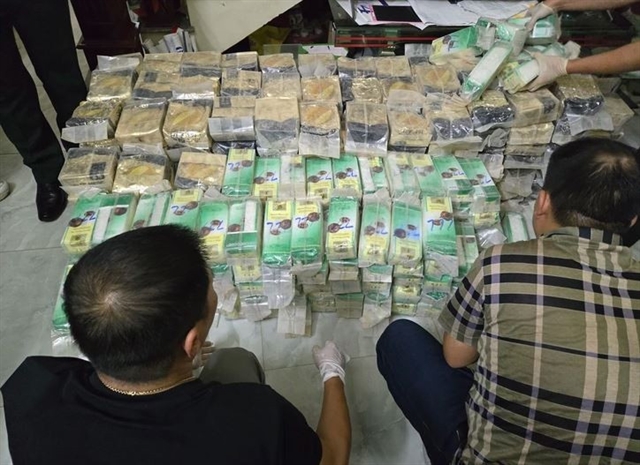
More than 9,100 infrastructure works have been built and nearly 3,300 other works were maintained in most disadvantaged communes in the last three years thanks to on-going Programme 135.
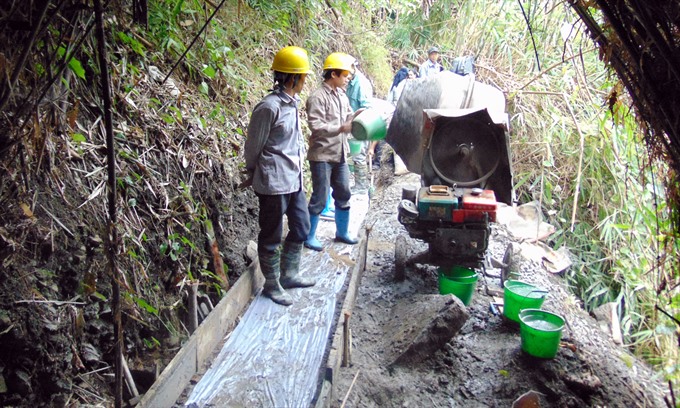 |
| Workers on an irrigation project in Cao Tân Commune in the northern mountainous province of Bắc Kạn. — Photo backan.gov.vn |
QUẢNG NINH — More than 9,100 infrastructure projects have been built and nearly 3,300 others have been maintained in some of the countries most disadvantaged communes over the past three years thanks to Programme 135.
The projects involving transport, irrigation, schools, healthcare centres, water supply, power and other fields have helped improve the living standards and production of ethnic minority people living in the most disadvantaged areas of Việt Nam.
Programme 135 - Programme for Socio-economic Development in Specially-disadvantaged Communes in Ethnic Minority and Mountainous Areas - was launched 20 years ago by the government.
The programme is in its third phase from 2016 to 2020, with 2,139 communes in 46 provinces across the country benefitting.
Programme 135 has been part of a major poverty reduction drive in Việt Nam that has received priority and support from the government, development partners and international organisations.
In 2016, Programme 135 was included in the national target efforts for sustainable poverty reduction during 2016-2020.
According to the Committee for Ethnic Minority Affairs (CEMA), in the last three years, as much as VNĐ19.226 trillion (US$830 million) from the national budget was allocated for Programme 135, of which nearly VNĐ11.5 trillion ($495.5 million )had been disbursed.
Quảng Ninh, Khánh Hòa, Vĩnh Phúc, Đồng Nai, Cần Thơ and Bà Rịa –Vũng Tàu did not need funding from the national budget to cover their implementation of Programme 135. Instead, they spent about VNĐ959 billion from their local budgets.
Programme 135 has also received 10 million euros from Ireland as a part of a non-refundable grant to improve infrastructure in specially disadvantaged communes in nine provinces, as well as other technical and financial support from international organisations like the World Bank and CARE International.
Programme 135 also offers support to develop production, diversify livelihoods and expand poverty reduction models among ethnic minority people.
The programme has also helped to improve the capacity of people and commune officials in planning, project management and project implementation.
Deputy Minister and vice chairman of CEMA Lê Sơn Hải said that investment in mountainous areas which were home to ethnic minority groups meant investment for development.
Ethnic minority groups deserved more support and investment to catch up with development.
He said that the government had decentralised and empowered local departments to assess, approve and implement projects so they could be carried out more quickly.
Nguyễn Thanh Nhàn, policy advocacy advisor of CARE International in Việt Nam, said without changes to assist ethnic minority groups, they would remained the poorest in the country.
Nhàn applaunded Government Decision 161/2016/ND-CP issued two years ago which allows small projects to enjoy special investment mechanisms that simplify investment procedures. Local People’s Committees take the role of project investors while the community develops and cares for the projects using both the State budge and people’s contributions.
Many infrastructure projects in specially disadvantaged communes were eligible for the mechanism that could cut costs by 20-30 per cent, Nhàn said, citing the results of a study conducted by an independent consulting company.
The study also showed that decentralisation could be seen in most provinces but communes faced difficulties fulfilling the role of project investors and ensuring the participation of local residents.
By the end of last year, people from ethnic minority groups accounted for 14.3 per cent of Việt Nam’s total population, while poor households from ethnic minority groups accounted for 52.66 per cent , according to CEMA’s statistics. One in every three people from ethic minority groups was living under the poverty line. — VNS
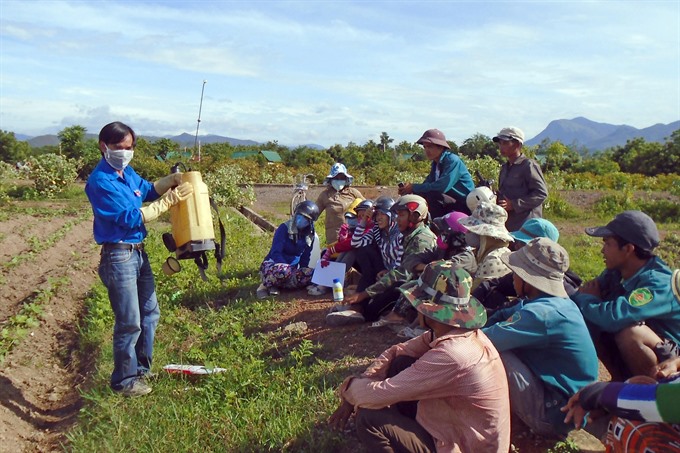 |
| Farmers in Bắc Ái District, central province of Ninh Thuận are instructed about farming technique. The district is one of four districts in the province having specially disadvantaged communes eligible for supports from the Programme 135.— VNA/VNS Photo Công Thử |

